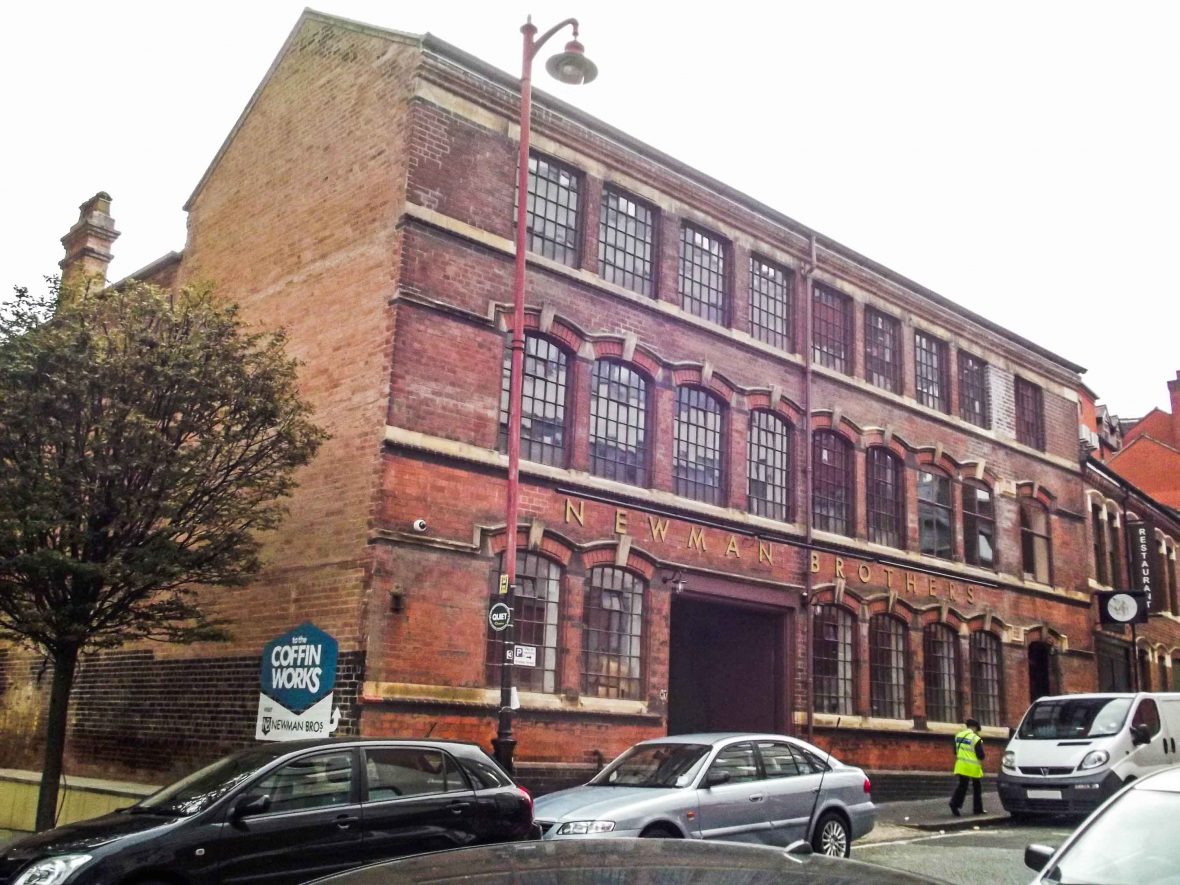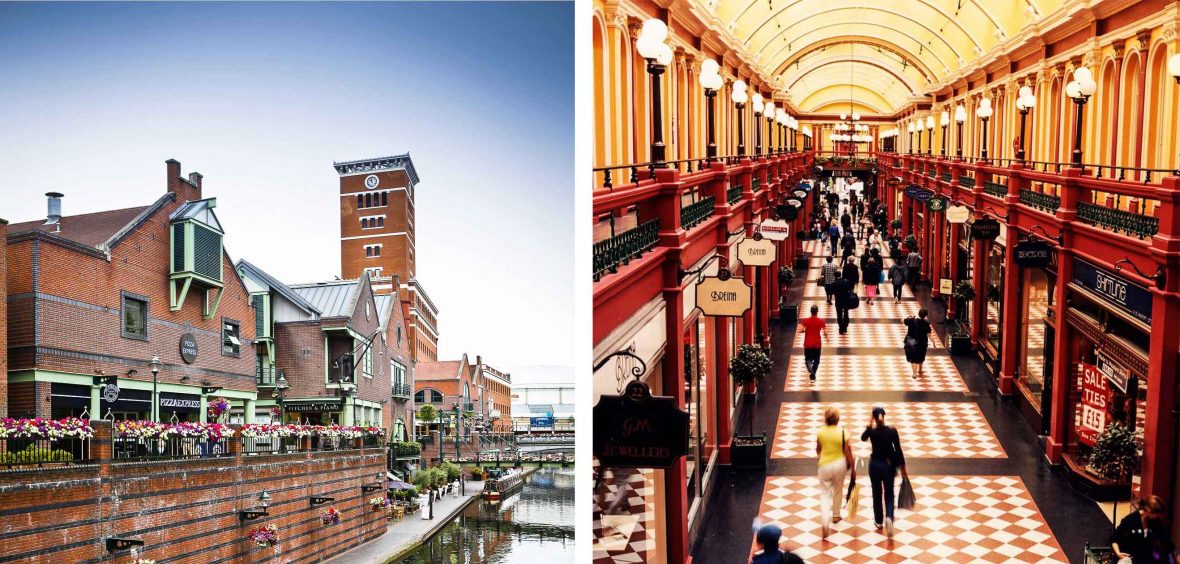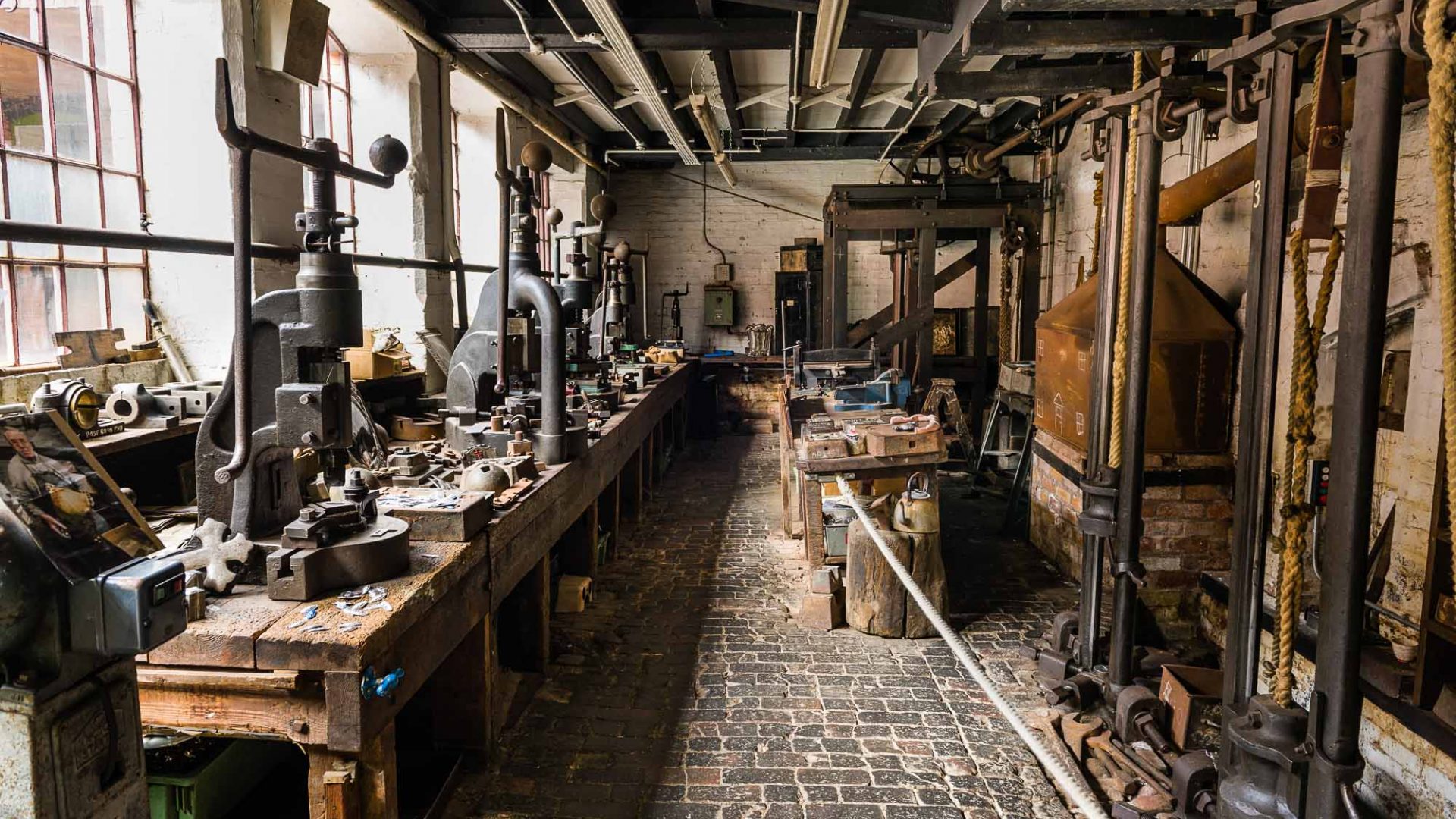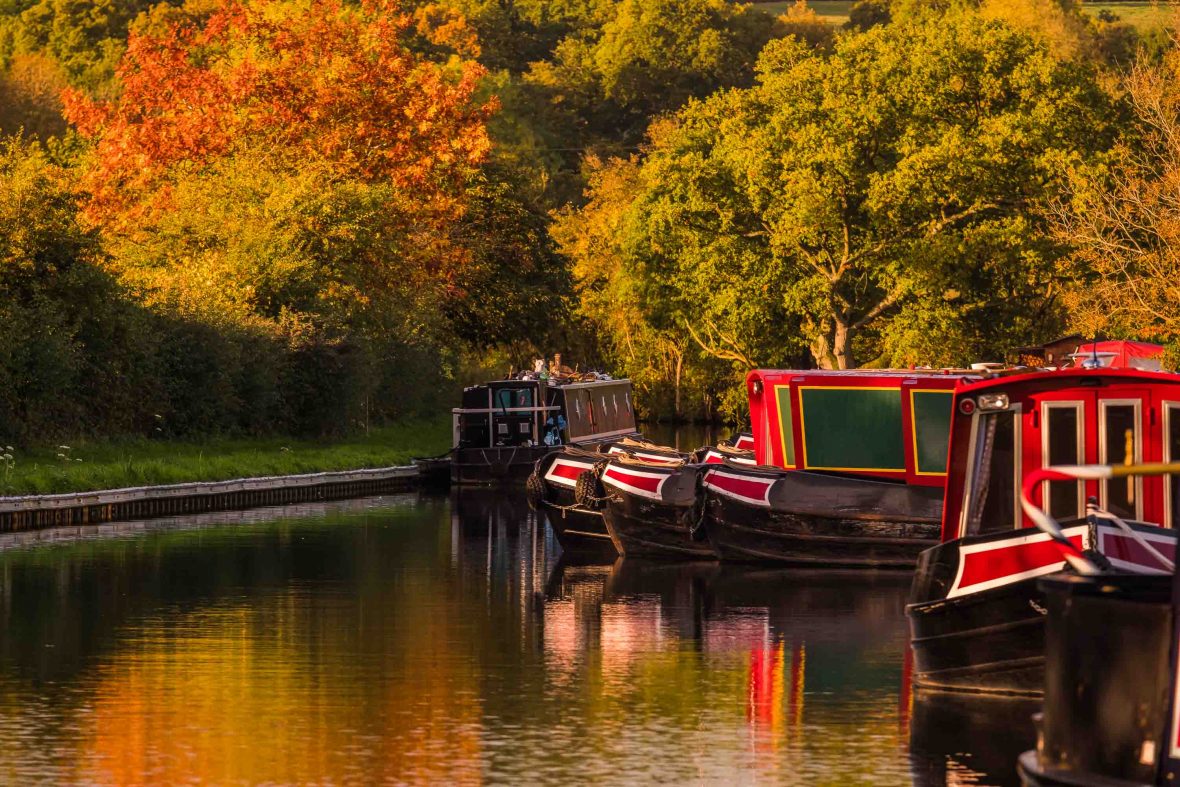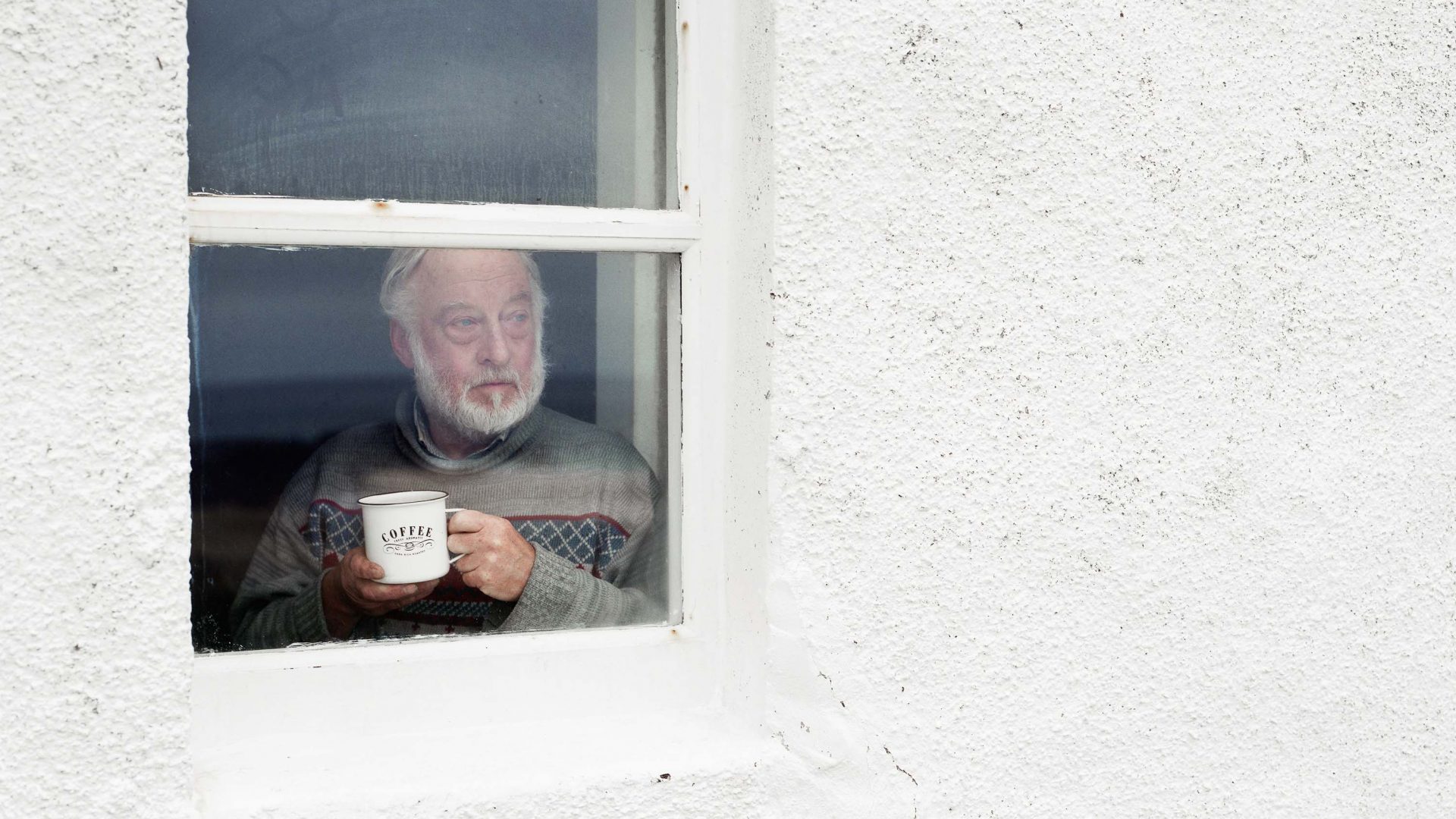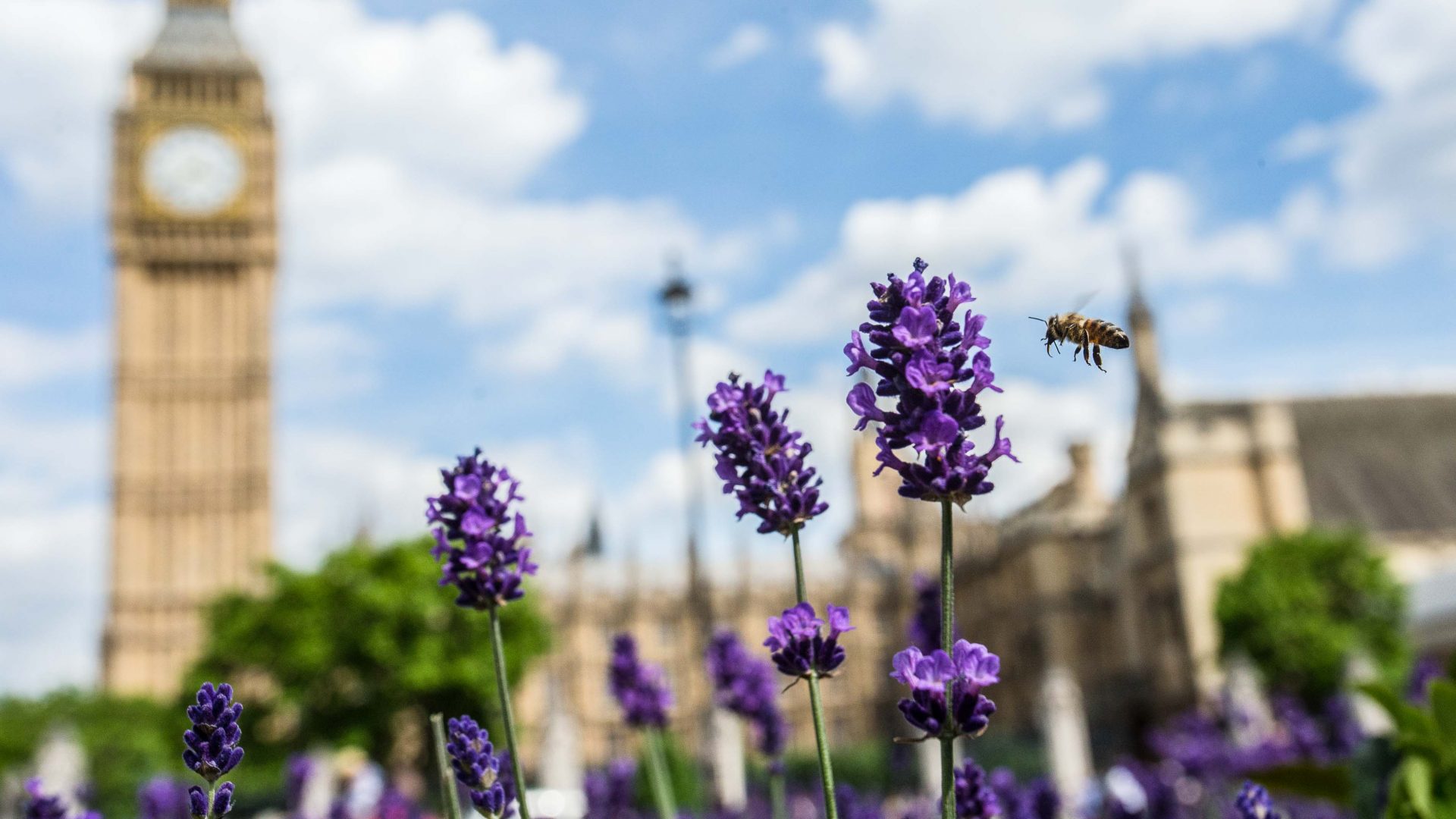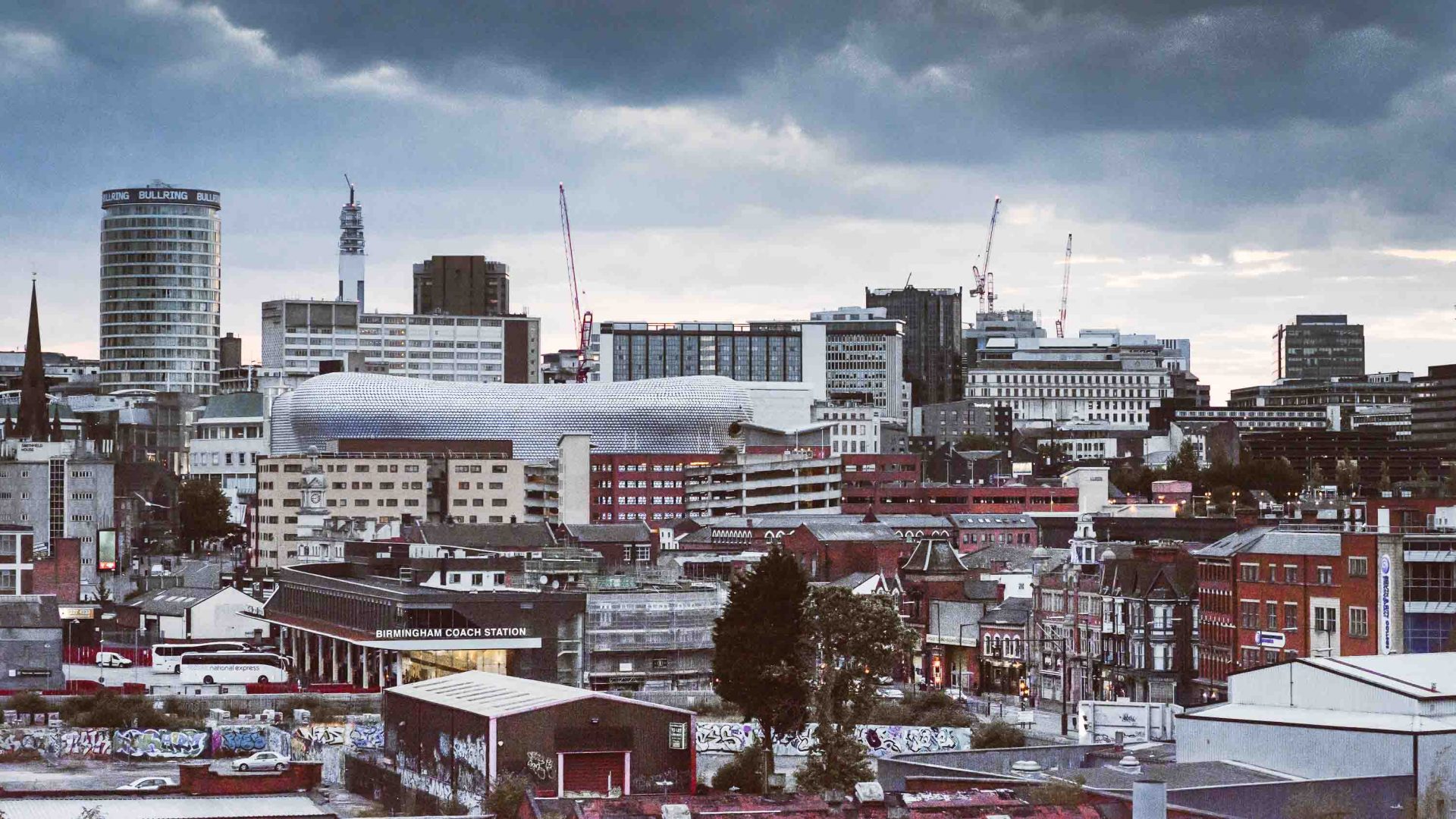
It’s the land of Peaky Blinders, Balti and Brummie accents, and it’s now shaking off its forbidding former image and flying into the 21st century. Welcome to Birmingham 2.0.
Coffins rarely qualify as can’t-miss tourist attractions—but, ironically, these wooden mortuary boxes, and this pile of bricks where they were made, once sat at the beating heart of Birmingham.
Built in the second half of the 19th century, when this Midlands city drew immigrants from all over the world to the plentiful jobs generated during the last stages of the Industrial Revolution, the Newman Brothers factory once employed hundreds, cranking out the jewelry that adorned the final resting place of the apex of English society, from Winston Churchill to the Queen Mother.


